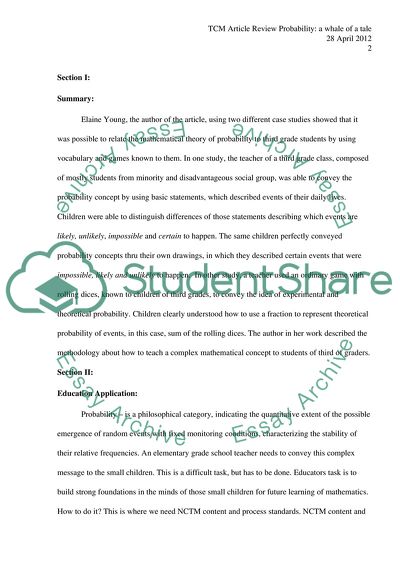Cite this document
(“Journal article review Example | Topics and Well Written Essays - 500 words”, n.d.)
Journal article review Example | Topics and Well Written Essays - 500 words. Retrieved from https://studentshare.org/mathematics/1595567-journal-article-review
Journal article review Example | Topics and Well Written Essays - 500 words. Retrieved from https://studentshare.org/mathematics/1595567-journal-article-review
(Journal Article Review Example | Topics and Well Written Essays - 500 Words)
Journal Article Review Example | Topics and Well Written Essays - 500 Words. https://studentshare.org/mathematics/1595567-journal-article-review.
Journal Article Review Example | Topics and Well Written Essays - 500 Words. https://studentshare.org/mathematics/1595567-journal-article-review.
“Journal Article Review Example | Topics and Well Written Essays - 500 Words”, n.d. https://studentshare.org/mathematics/1595567-journal-article-review.


